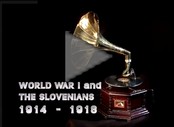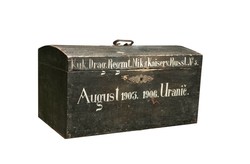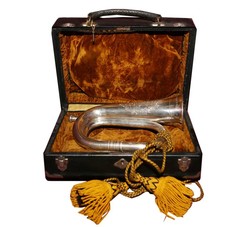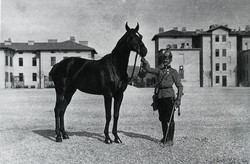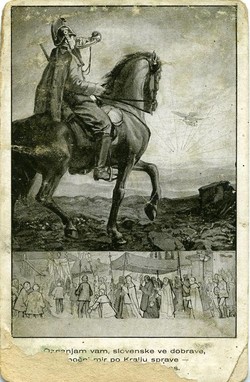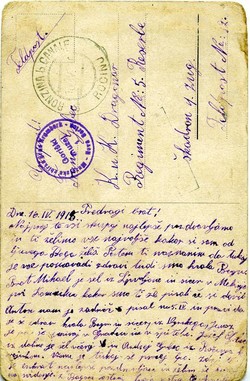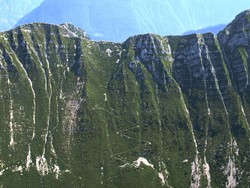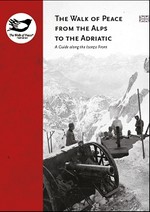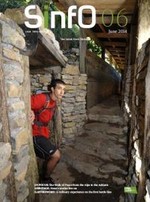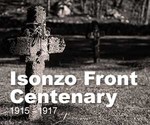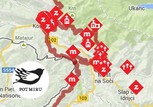Cavalry Regiment nr. 5
The 5th Štajerska-Koroška-Kranjska (Styria-Carinthia-Carniola) Cavalry Regiment nr. 5 ‘Nicholas I, Czar of Russia’ (k. u.k. Dragonerregiment Nikolaus I. Kaiser von Rußland Nr.5) was established in 1721 as a cuirassier regiment, turning into a cavalry one in 1867. From 1849 onwards, its honorary patron was the Russian Czar Nicholas I. The regimental day was October 16th, the anniversary of the Battle of Leipzig in 1813. Before the First World War, the headquarters of the regimental command and the command of the 1st Company were in Gorica (Gorizia), and the command of the 2nd Company in Slovenska Bistrica. The men were Slovenian and German. They were drafted from Graz, and the reserves were located in the barracks in Maribor from 1875 onwards. The colour of the regiment was yellow.
Between 1721 and 1871, when the 5th Cavalry Regiment arrived in Koroška (Carinthia), and in 1875 in Maribor, the cuirassiers fought in several battles for Austria in Europe. After two years (1880 – 1882) spent in Pecs in Hungary, they returned to Maribor (regimental command and the 1st Company), Graz (5th and 6th squadrons and the 2nd Division command) and Slovenska Bistrica (4th squadron). A similar lenghty posting abroad recurred in 1902, when the Regiment spent time in Wiener Neustadt, Traiskirchen and Neunkirchen. The regimental reserves remained in Maribor and the Slovenian draft areas continued to collect new soldiers.
For strategic reasons, the regimental and Division command, 2 squadrons and a pioneer platoon were moved to Gorica in 1908, 4 squadrons to Maribor; Slovenska Bistrica housed the 2nd Company command with the 5th and 6th squadrons and Ljubljana received the 2nd squadron.
In the beginning of August, 1914, the regimental and company commands and the men of the squadrons of the 5th Cavalry Regiment, no longer called after the Russian Czar, left Gorica, Ljubljana, Slovenska Bistrica and Maribor and on August 18th gathered around Stry, the meeting point of the III Austro-Hungarian Army Corps.
The cavalry regiment took part in many of the great cavalry battles of the III Austro-Hungarian Army in Eastern Galicia. At the fortress Przemysl, they fought as infantry, and were also involved in the heavy fights for the passes Dukla and Laborcz.
In the years 1914-1915, its 1st squadron fought in the Carpathians near Komlospatak, and the 2nd Division demolished a railroad near Dolina during the Kalusz Offensive. They also fought as a rifle squadron, and distinguished themselves in 1915 during the offensive operations near Bereska and Okno.
The 1st and the combined divisions fought in Italy for a short time as part of the III Austro-Hungarian Army Corps, and were then sent back to battle the Russians in October, 1915. The 1st Division fought at Dniester and the combined division at the Strypa. A machine gun detachment distinguished itself in the fights near Warsaw.
In trench warfare near Brody in 1917, the regiment was included in the 4th Cavalry division and in July, 1918, the cavalry arrived to Ukraine and on the border of the Don Republic.
Drago Sedmak
